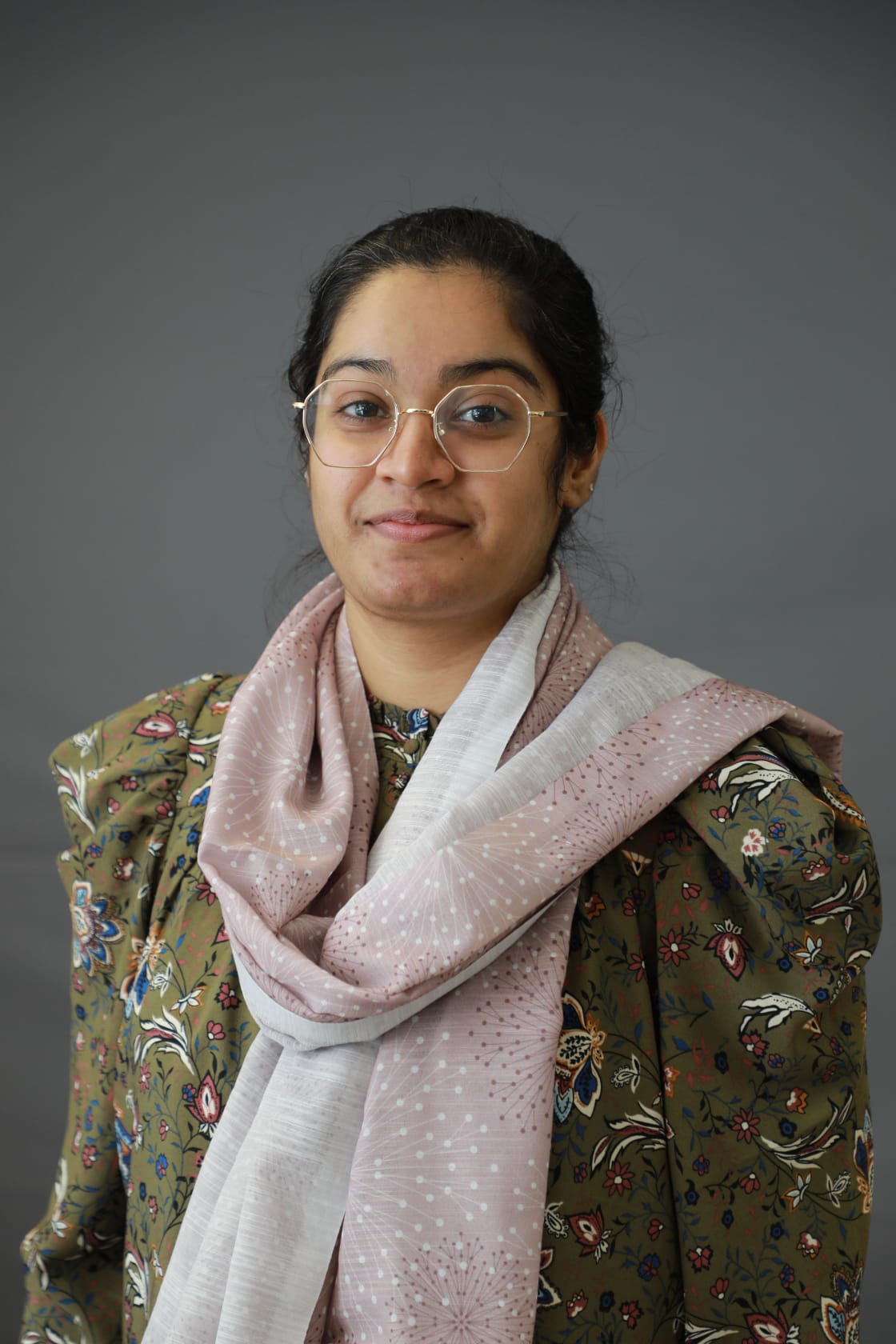The Clarkson University Chem-E-Car Team took first place in the first-ever virtual Northeast Regional AIChE Chem-E-Car Competition on October 4. This is Clarkson’s second first-place win in three years.

The event took place during the annual AIChE (American Institute of Chemical Engineers) Eckhardt Northeast Regional Student Conference, which was also held virtually from Northeastern University.
The Clarkson team now qualifies for November’s virtual AIChE National Chem-E-Car Competition, consisting of the winners of the Western, Mid-America, Pacific Northwest and Northeast regions.
The objective of the Chem-E Car Competition is to design and build a shoebox-sized car that is powered and stopped by chemical reactions.
The competition distance is randomly chosen one hour before its start. The teams’ goal is to stop exactly at the randomly chosen distance, with two runs to get as close to the line as possible. Careful testing and calibration are key to landing directly on the mark.
Clarkson’s first-place team had a best distance only 0.53 meter short of the 13.2-meter goal.
The Clarkson car was powered by a custom, student-built, aluminum-air fuel cell. The fuel cell was composed of two sets of fuel cells connected in parallel, with each set made up of eight cells connected in series.
The car was stopped using an iodine “clock” reaction, in which a clear solution turns black at a speed determined by the relative ratios of the various reactants. Photosensors monitor the color of the solution and are analyzed by the car’s microcontroller using Arduino code. Once the solution has turned black, the microcontroller is programmed to cut power to the car’s motor, stopping the car.
The Chem-E-Car Team members are Allie Bowman ’22 (president) East Grand Forks, Minn.; Caesar Haddad ’22 (vice president), Trumbull, Conn.; Michael Sehn ’22 (secretary),Chenango Forks, N.Y.; Kara Smeltz ’22 (treasurer), Phoenixville, Pa.; Alayna Appolon ’23, Wyandanch, N.Y.; Aria Stephan ’22, Gilford, N.H.; Ben Slenker ’22, Alexander, N.Y.; Carolyne Shultes ’23, Middleburgh, N.Y.; Cono Sammarco ’21, Buffalo, N.Y.; Curtis Rowe ’23, Rush, N.Y.; Gabby Lindsay ’22, Egg Harbor Township, N.J.; Gavin Prevatt ’22, Adams Center, N.Y.; Greta Kerwin ’23, Rochester, N.Y.; Holly Rossman ’23, Middleburgh, N.Y.; Josh Herendeen ’23, Victor, N.Y.; Meg Wig ’22, Northborough, Mass.; and Nate Cormier ’23, Utica, N.Y.
The Chem-E-Car team is part of the SPEED (Student Projects for Engineering Experience & Design) program, one of the Wallace H. Coulter School of Engineering hallmark initiatives.
https://www.clarkson.edu/news/clarkson-chem-e-car-team-takes-first-place-regional-competition


